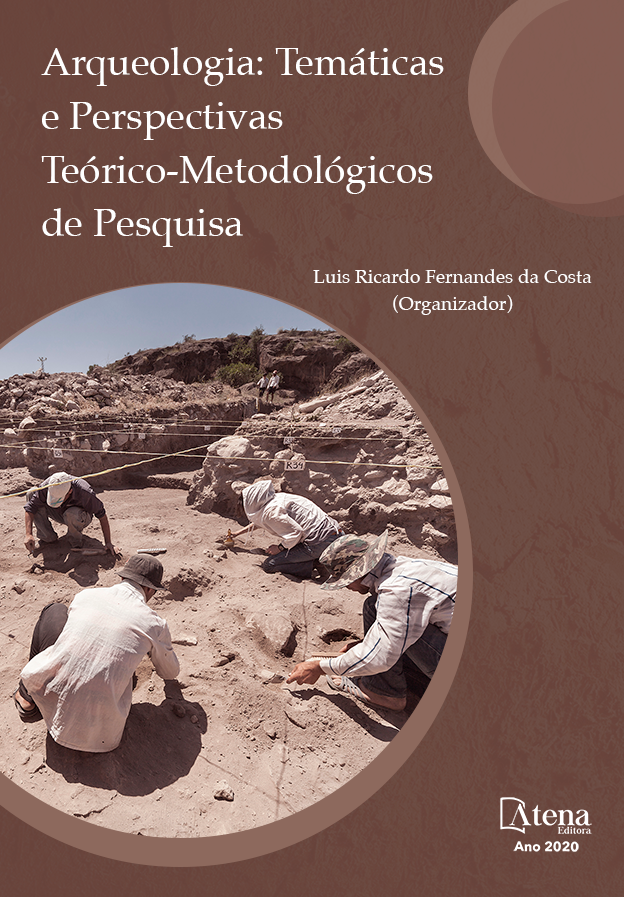
LA CERÁMICA COMO LINEA MATRIZ EN LA DETERMINACIÓN DE LA >SECUENCIA CULTURAL DE LA PREHISTORIA DE SAN PEDRO DE ATACAMA
Se describe el proceso a través del cual los arqueólogos han estructurado progresivamente la secuencia cultural del Período Agroalfarero de San Pedro de Atacama, soportada principalmente por los contextos ceramológicos.
Gustavo Le Paige (1963, 1964 y 1965) y Mario Orellana (1963) fueron los primeros en proponer secuencias, basándose en el conocimiento que en esos momentos se tenía sobre los indicadores ceramológicos. El primero propuso siete “niveles” en tanto, el segundo, consideró tres “facies”. Posteriormente, Tarragó (1968, 1976) formuló una nueva secuencia de ocho “series” o “fases”. Más tarde, Berenguer y colaboradores (1986) contrastaron la secuencia de Tarragó con fechas de termoluminiscencia, llegando a la conclusión que la secuencia de Tarragó era correcta. Propusieron sustituir la denominación de fases por una basada en “sitio-tipos”. Tarragó, en su Tesis de Doctorado (1989), incorporó los aportes y recomendaciones de Berenguer et al. (1986), convirtiéndose esta en la propuesta que sigue vigente hasta hoy.
Se expone nuevos aportes que han permitido afinar la secuencia de San Pedro de Atacama, estableciendo una matriz tipológica de la cerámica para cada una de las fases (Llagostera 2016, 2020). A través del reordenamiento de los contextos alfareros de las tumbas se organizó la diversidad de vasijas en una tipología y, de acuerdo a la alta frecuencia de determinados tipos y a la ausencia o baja presencia de otros, se define sus asociaciones. Estas asociaciones permitieron finalmente disponer de una matriz que ayudó a determinar en detalle la composición ceramológica de cada una de las fases. Con la proyección de esta matriz a los cementerios arqueológicos de San Pedro de Atacama se ha podido determinar y segregar las fases por las que han transitado las comunidades responsables de estos repositorios funerarios.
LA CERÁMICA COMO LINEA MATRIZ EN LA DETERMINACIÓN DE LA >SECUENCIA CULTURAL DE LA PREHISTORIA DE SAN PEDRO DE ATACAMA
-
DOI: 10.22533/at.ed.9832025112
-
Palavras-chave: Prehistoria, Periodificación cultural, Norte de Chile, Cerámica
-
Keywords: Prehistory, Cultural period, North of Chile, Pottery
-
Abstract:
In this paper we describe the process through which archaeologists, guided primarily by ceramic contexts, have progressively structured the cultural sequence of Pedro de San Atacama’s Agroalfarero Period.
Gustavo Le Paige (1963, 1964 and 1965) and Mario Orellana (1963) were the first to propose sequences; these were based on ceramic indicators and the known archaeological context at the time. Le Paige proposed seven “levels”, while Orellana considered three temporal “facies”. This work was followed by, Berenguer and colleagues (1986) contrasted Tarragó’s sequence with Tarragó (1968, 1976), who formulated a new sequence of eight “series” or “phases”. Subsequently then newly derived thermoluminescence dates, ultimately supporting the sequence proposed by Tarragó. They argued for a change in the naming of phases to one based specifically on “type sites”. Tarragó in her PhD Thesis (1989) went on to incorporate the contributions and recommendations of Berenguer and colleagues (1986), solidifying the sequence that is in use to this day.
We go on to detail new contributions that have allowed us to refine the chronological sequence by establishing a typological schema for ceramics in each of the proposed phases (Llagostera 2016, 2020). Through a consideration of pottery in the mortuary context, the broad diversity of vessels was then organized into a typology and, given the high frequency of certain types and the absence or low presence of others, their associations were defined. These associations allow for the development of a matrix that helped determine the ceramic composition of each phase in greater detail. With the projection of this matrix to the broader context of archaeological cemeteries in San Pedro de Atacama, it is possible to determine and segregate the phases through which the different communities responsible for these mortuary spaces passed.
-
Número de páginas: 21
- Agustin Llagostera Martinez


